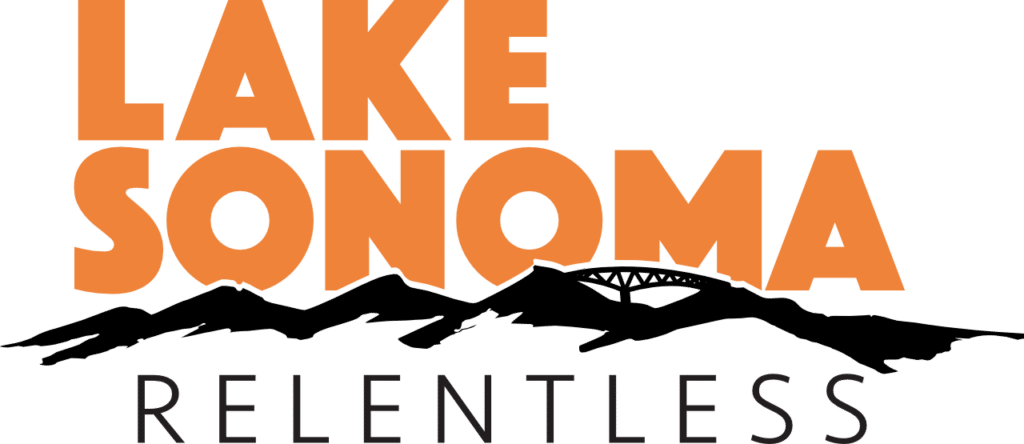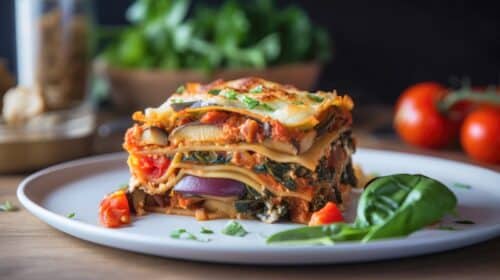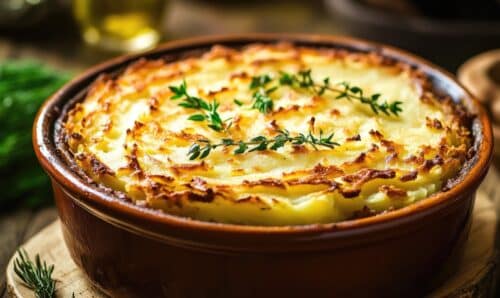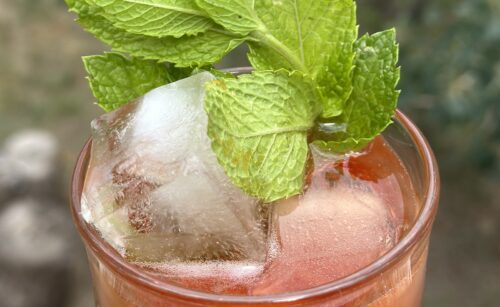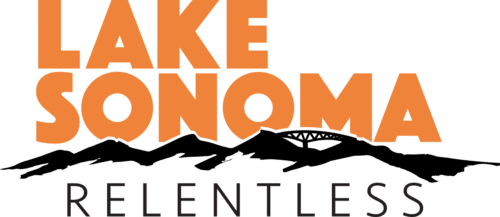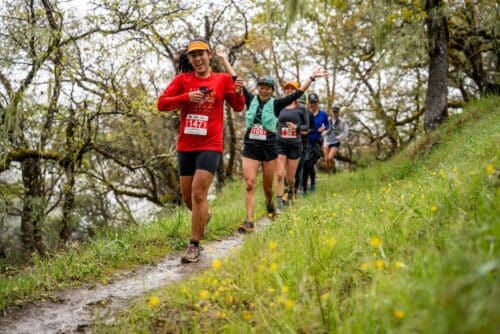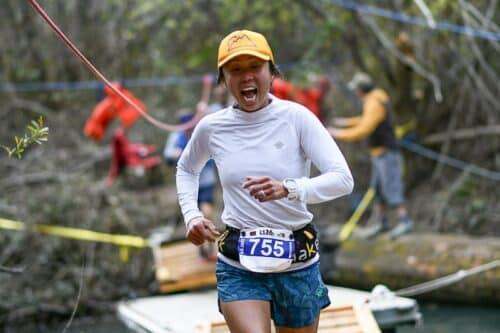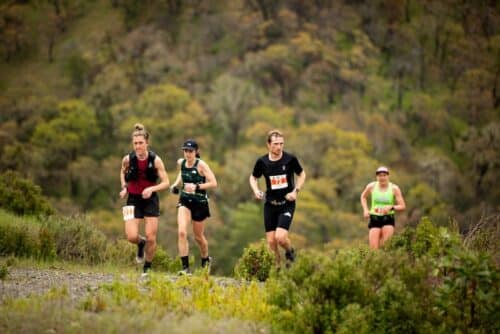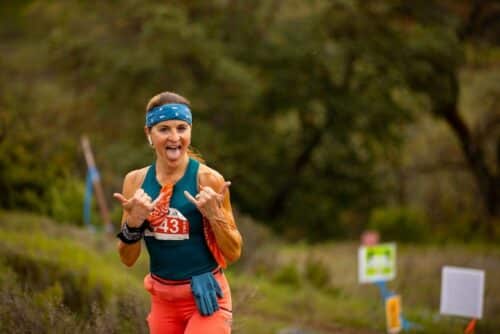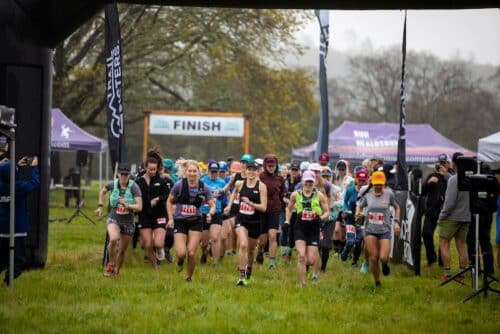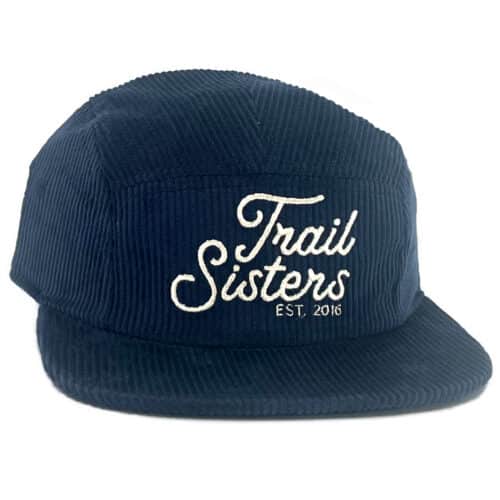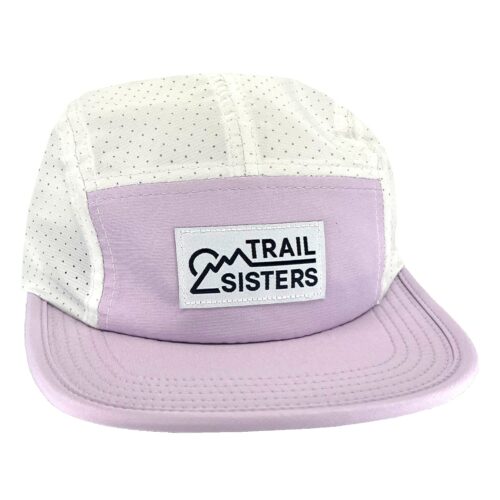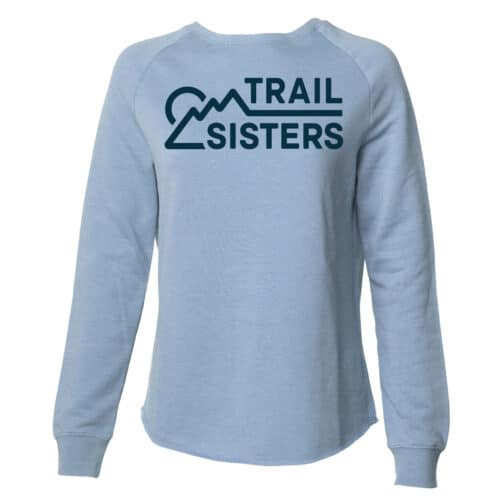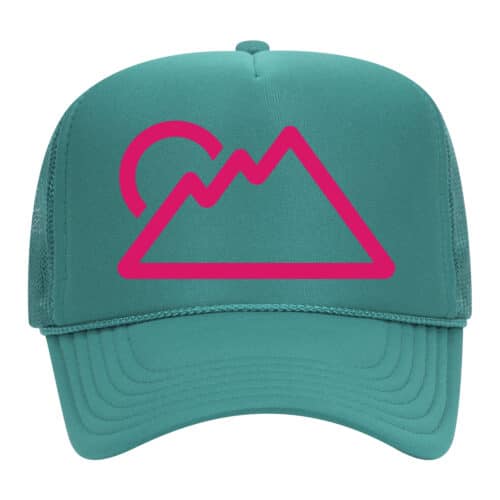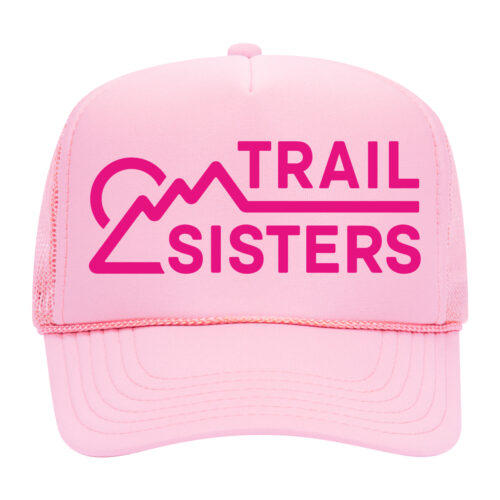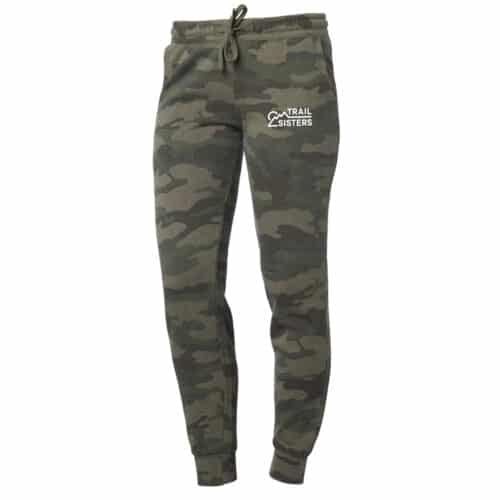Main Menu
Building a Better Plate

Kelly Newlon: founder/chef of Real Athlete Diets (RAD Boulder) Lifelong runner, lover of giant dogs and the mountains.
Stephanie Howe: PhD in Nutrition & Exercise Physiology from Oregon State University. Stephanie owns her own Nutrition & Coaching business where she works with individuals of varied background on how to best eat for their specific goals. Stephanie’s doctoral research focused on the role of appetite hormones in elite female runners before and after different exercise intensities. Stephanie has been sponsored by The North Face since 2010 and by Clif Bar since 2012.
Share This Article!
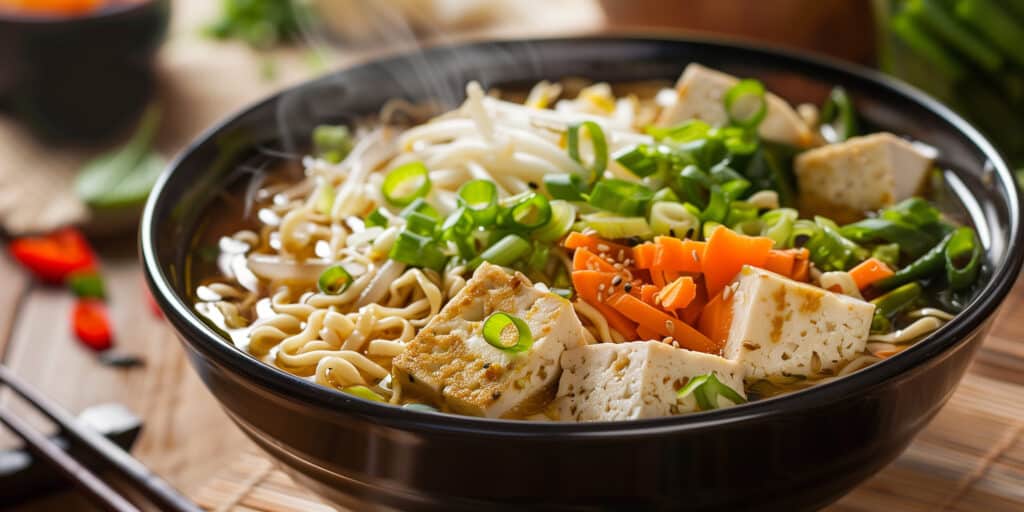
A few times a year, the stars align, and I find myself knee deep in an assignment with an athlete who is fortunate to have an incredibly well-rounded team along for the ride. And let’s be honest, having a full-time chef feeding the principal athlete and team is a luxury not everyone has. I am not inexpensive. The client is paying for the food, my knowledge, experience, and my time.
I am also not serving caviar, plating “high and tight” meals with fancy flatware. Yes, I have a fine dining background, but my services are sought out for troubleshooting and delivering the navigation of athlete nutrition. What that looks like while I am on the road is something along the lines of living in a van, cooking on one burner in a closed space with very little water and a small fridge… for 14+ hours a day. Multiply that for 30 days or more in a row, and there you have it. Not nearly as sexy as it sounds, and I wouldn’t have it any other way.
Communicating with a strong coach, crew chief, and physio is undeniably helpful. What is most clutch though, is when the athlete has a dietitian to collaborate with. I will always be grateful to hitch a ride on assignments with the resources to hire me. This summer puts me smack amid such a scenario.
Stephanie and I are working together to support an athlete! You can likely hear me cheering from the mountain top about this. Obviously, Steph and I enjoy working together. I learn heaps from her with every conversation, making it easy for me to implement what she would like the athlete to eat. When I heard she was working with the athlete on this assignment, there was an audible sigh of relief from me. Although I am comfortable troubleshooting on my own, it sure is nice to not be alone in things and to have a professional leading the way.
Here’s the beta on the project:
Athlete: Mina Guli/Australian Environmentalist/Runner/CEO+Founder Thirst Foundation
Project: Running the length of the Seine River
Timeline: June 4th-July 4th
Distance: Approx 485 miles/780 km
The Why: Bringing awareness of the improved water quality of the Seine. The expedition itself will finish in Paris the week before the 2024 Summer Olympics. France has made huge efforts to improve the water quality of the Seine. So often we only hear negative information. This is a testament and proof of the efforts shown towards this waterway and that we can turn things around.
Stephanie’s role: Mina’s sport nutritionist before, during and after the Seine
Kelly’s role: Expedition team chef
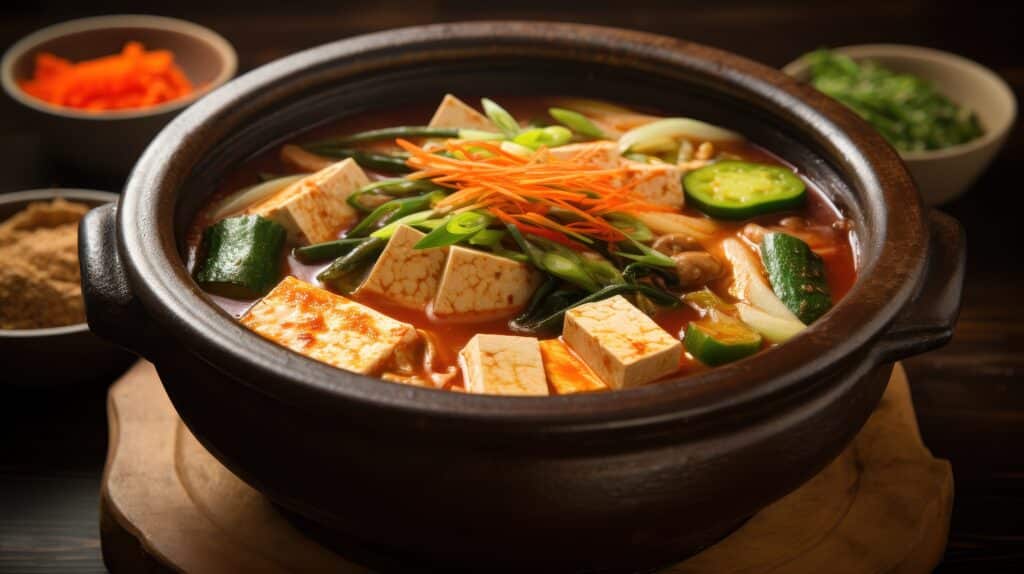
Fortunately, I have spent weeks on the road feeding Mina and have a solid amount of information to share with Stephanie. Unfortunately for Steph, the bulk of my note taking is in the field and by hand on a legal pad or small notebook stuffed into my pocket. Either way, we have some great beta from the past year.
There is a lot to unpack here, but what seems to be most helpful from the start is discussing what a “normal” day looks like and a typical meal. Sharing this information with Stephanie brought me to the conclusion that this is a conversation worth sharing with our Trail Sisters community.
So, here’s the deal. We’ll share a typical after-run meal and give some back-and-forth feedback of how and where we can improve on the overall properties of the plate. What is good, what is missing, where to add what. Please note that at this point in the day, Mina will already have had fuel in the morning, while running, as well as a post run protein recovery shake.
With Mina’s permission, I have info on her dietary preferences:
Although Mina prefers to eat a vegan diet daily, she does incorporate eggs while on extended expeditions such as this. She is sensitive to garlic, onions, and apples. In the past we have worked a strict FODMAP diet when navigating any GI distress.
Working with Kelly on this project is a dream. I can’t tell you how amazing it is to describe the exact foods, composition, and energy needed and have Kelly turn around and create beautiful, delicious, and most importantly, nourishing meals. When I work with an athlete, I do a lot of number crunching and question asking to get at what they need for their goal(s). But since we don’t eat numbers, we eat food, I also give them food and meal suggestions to learn what to eat. Ultimately though, the athlete must do this application on their own, since I’m not in their kitchen with them. But in this scenario, Kelly literally is in the kitchen. And for a project like Mina’s, she doesn’t have the time to prepare, let alone think about what she’s going to eat. She just needs to be able to run, eat, and move on to recovering. And besides just eating, she needs to eat the right combinations of foods in the right quantity and at the right time. That’s a lot to think about!
To begin this project, I first met with Mina to learn more about her goals, history with training and nutrition, and her current dietary habits. We also discussed some of her concerns and what could work on now and during the project itself to make sure she’s well fueled and happy. This consisted of a lot of back forth between Mina, Kelly, and I. We reviewed what she ate on a previous expedition, and how we could change it for the better in the upcoming one.
From my perspective the most important thing during the expedition is for Mina to get enough energy to support the daily mileage and recovery (which is a ton!!), but also to include foods that will keep her gut happy with all the day-to-day stress. This is no small feat, as palate fatigue and volume of food plays a big role in her ability to tolerate eating and running every single day. And since this project is chronic in nature, we also need to make sure she’s getting all the micronutrients she needs too.
My second goal is to really hit the timing windows with nutrient intake pre- and post-running. This is necessary for optimizing substrate availability for recovery. We used examples from her previous expedition to create the meals and snacks for pre- and post-run emphasizing enough energy and particularly, carbohydrate and protein in easily digestible forms. This also meant limiting some foods and beverages, to encourage digestion and prevent overfilling her stomach.
Before the expedition begins, the goal is to get Mina strong through a combination of good nutrition and training, as well as trying to get her digestive system as healthy as possible since she has struggled with this in the past. To do this I started with a food log to see what she’s currently eating and then refine her intake to limit and emphasize foods that will help her to feel good while getting the right combination of nutrients. Again, this is no small feat and includes lots of back and forth between Mina and I to dial this in.
All of this to an athlete, can be overwhelming. That’s where the beauty of having Kelly comes in. She literally takes all of this information and transforms it into actual food. It’s pure magic and makes a project like this possible. Nutrition is multifaceted and knowing what to eat is only half the equation. The ability to turn numbers into food and meals is another area completely and takes time, energy, and experience, which is what Kelly specializes in.

For the sake of this column, we will focus on dissecting this meal:
- 1 cup cooked white rice
- Tamari
- Nori + sesame seeds
- 2 eggs
- 1/2 cup miso egg drop soup
- 6 oz tofu
- Sesame oil
I usually cook all rice, grains, beans, etc in chicken stock to add protein. As Mina does not eat animal protein, I stir an additional egg yolk and tablespoon of butter into the rice before plating.
She is sometimes sensitive to gluten, so tamari soy is used instead of traditional soy.
The eggs are cooked in full fat butter, as is the tofu. Sesame oil is drizzled on top for added fat.
As this is not a particularly heavy meal, it is easy for her to digest and has a total of 3 whole eggs + 1 yolk.
Stephanie’s feedback is always insightful and full of good nuggets. Let’s see what she has to say about the overall properties of the plate, and what she would like to see more/less of. She will also discuss what this plate would look like adjusted for an athlete who eats animal protein, and what should the focus for dinner be after seeing this early afternoon plate?
This meal is a staple for Mina, and her needs while running. First of all the rice provides an easy to digest, simple carbohydrate that keeps even the most sensitive gut happy. The nori and tamari are a nice touch to add some savory, salty flavor to balance out much the sweet intake during the run. For protein, we rely heavily on eggs here, since Mina prefers to add mostly vegetarian. Kelly and I have discussed adding more eggs, as an option, if she requires more protein or energy at any point during the project. The additional yolk has again, more energy, and is also where a lot of the nutrients are, so a good addition. The miso soup has a little tofu in it, too, to give another high quality, but easy to eat/digest protein. The fat here is one of the keys- an easy way to add energy without more volume. You get the most bang for your buck with fat, at 9 kcal/g, so we use it generously in these meals to bump up the energy content without adding more bulk. Plus the butter here provides a really nice taste that feels satiating,
After a meal like this for lunch, the goal is to keep her eating, with 1-2 snacks and dinner with another big focus on protein and easy to digest carbohydrate. For the snacks, we aren’t too picky and want to have something that tastes good, like a chocolate chip cookie or milkshake, so that she’s more likely to eat it. For dinner, to prevent too much palate fatigue from the egg/rice combo, Kelly and I discussed corn tortillas or pupusas for the carbohydrate and tofu blended until a dressing/sauce paired with some vegetables. We are keeping the vegetable load at any given meal a little lighter to prevent GI upset or too much fiber. For additional protein, grains such as quinoa or buckwheat are also included to bump up her protein intake as much as possible.
As you can see, there is a lot going on behind the scenes. Working together like this to help Mina accomplish her goal is so rewarding and so fun! I think both Kelly and I love to work together like this to help athletes be successful.
About the Author

Kelly Newlon: founder/chef of Real Athlete Diets (RAD Boulder) Lifelong runner, lover of giant dogs and the mountains.
Stephanie Howe: PhD in Nutrition & Exercise Physiology from Oregon State University. Stephanie owns her own Nutrition & Coaching business where she works with individuals of varied background on how to best eat for their specific goals. Stephanie’s doctoral research focused on the role of appetite hormones in elite female runners before and after different exercise intensities. Stephanie has been sponsored by The North Face since 2010 and by Clif Bar since 2012.
Share This Article!
Read More
Comments
April 12th & 13th 2024
Lake Sonoma, California
50 Mile | Marathon | Half-Marathon
Come join TS Founder Gina for Northern California's best trail party!

